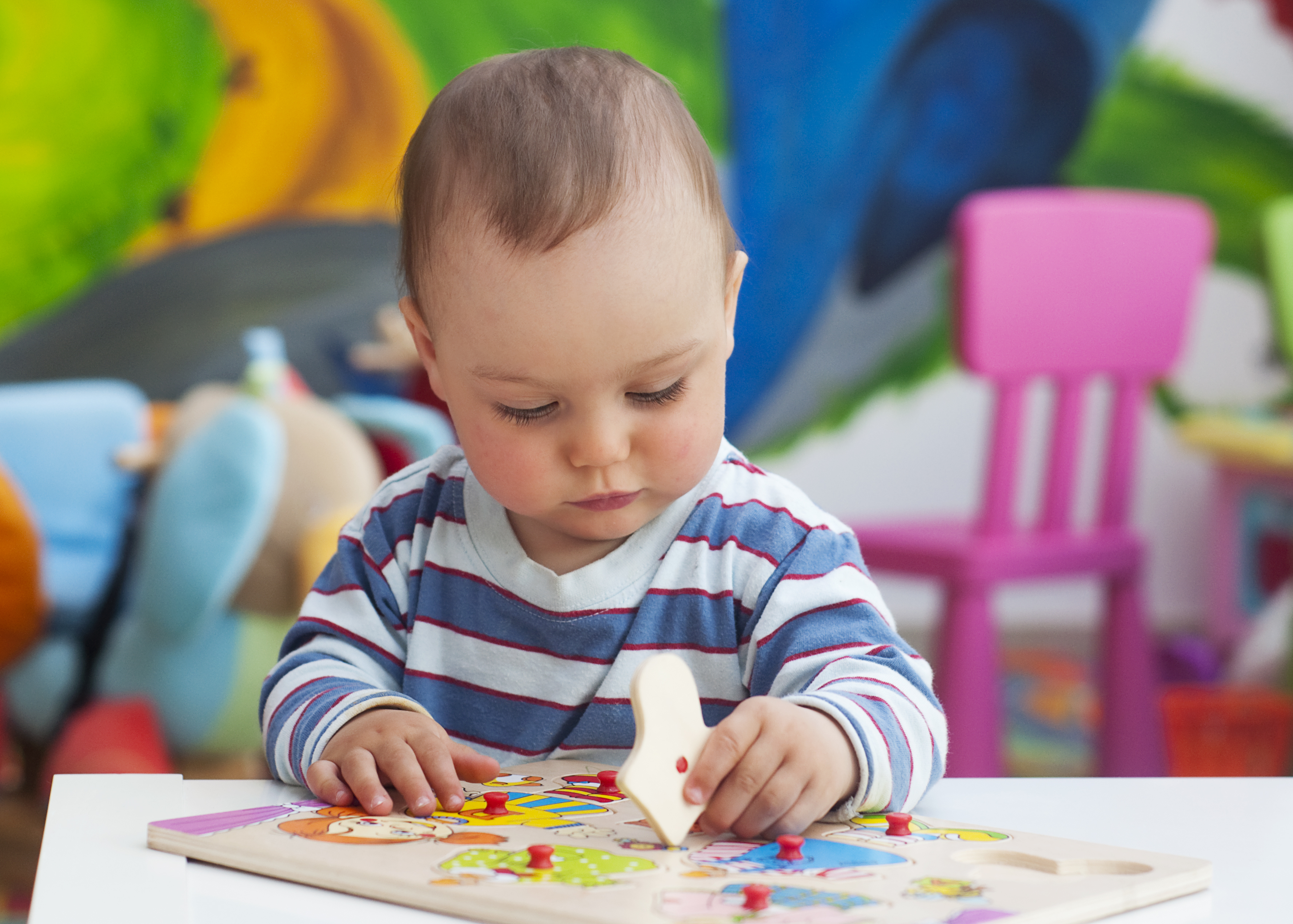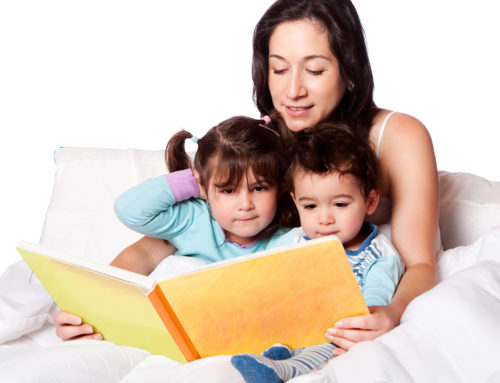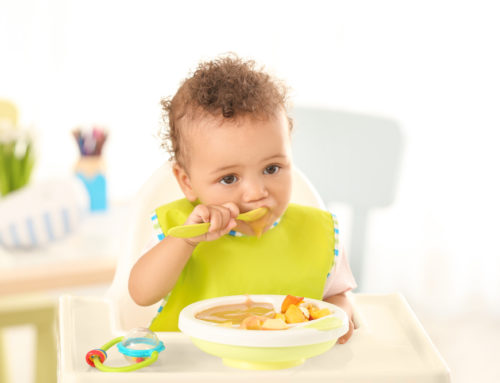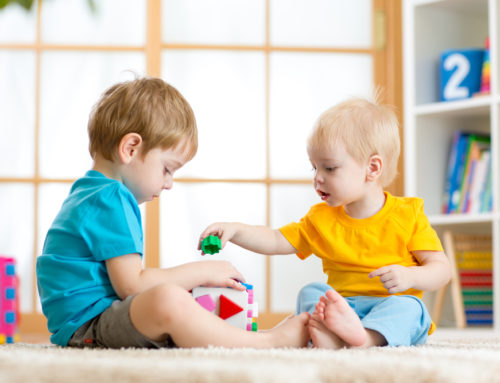_x000D_
September marks the end of summer vacation and for many, the return to school. As older kids head off to the classroom, you might be tempted to enroll your toddler in an early education program at your local nursery school or YMCA. But before you pack up your two-year-old’s little backpack, consider what child development experts have to say about the benefits of pre-preschool programming and how to create an engaging environment outside of the classroom.
Examining the Advantages
With regard to whether programs aimed at 2-year-olds gives kids an edge before they begin their formal education, experts aren’t entirely convinced. “There are no studies that support that toddlers who have an educational experience prior to preschool have any advantage,” says Sarah Baldwin, an early childhood educator, owner of Bella Luna Toys and author of Nurturing Children and Families (https://www.bellalunatoys.com/products/nurturing-children-and-families). “Most two-year-old’s brains are not developmentally ready to start learning to read or count, and trying to introduce these skills before a child is ready can lead to stress and anxiety.”
Where the actual benefits in early childhood programming do lie, however, is in socialization. “Learning how to separate successfully and develop a sense of autonomy is a developmental goal for 2-year-olds,” notes Kathleen Linnane, adjunct professor of early childhood education and director of the infant/toddler center at Lesley University. “They are beginning to notice and be interested in their peers…and are also in the process of making sense of the world around them through their interactions with others.”
While these skill-building experiences can be useful for younger children, full-day programs aren’t necessary to reap the benefits. “Two-year-olds tire quickly, especially when overstimulated, and most still need to nap,” notes Baldwin who believes that half-day programs are sufficient at this age. “If both parents work full-time and need a full-day program for their child, [they should] look for a loving, home-like environment that includes ample rest time for toddlers,” she advises.
Do Your Homework
When investigating what types of toddler programs would work best for your child, experts suggest checking out facilities in advance. “Parents should develop a list of questions as they tour the classroom,” offers Linnane. “What is the philosophy of the center? Is it a play-based center? What is the educational background of the teachers? What is the average stay of a teacher? What role do parents play? How do you keep children safe?”
Class size is also an important factor, especially when it comes to younger children. Baldwin cites the National Association for the Education of Young Children’s recommendation that a program for 2-year-olds should have “no more than 12 children in a class, with at least two adult caregivers in a group of 8-12 children.”
Generally speaking, she adds, “a quality program for 2-year-olds should provide a welcome, safe and developmentally-appropriate environment for toddlers, appropriate for a child’s first social experience.”
Getting a Head Start at Home
For those who opt to skip the toddler classes and wait until preschool or kindergarten, or for those who simply want to enhance their child’s learning at home, experts offer numerous ways to provide engaging activities—at no cost. Linnane recommends arranging play dates with similar-aged children whenever possible. “Have time for a child or two to come to your house and play and also, once comfortable for your child to visit without you at a peer’s house,” she says.
Turn everyday errands into opportunities for exploration and bonding. “Go for walks together often,” she adds. “Take your child food shopping and talk about what is offered. Go to the library for storytime, and visit neighborhood playgrounds.” These moments not only promote learning, but encourage social skills. “Talk a lot to your child, and listen a lot, too. On the other hand, make room for silence when you are together…give the gift of time whenever possible.”
In the end, kids will learn at their own pace if they have a solid support network in place. “As long as you are providing a loving home environment in which your 2-year-old is getting attention, conversation and social interaction, he or she will thrive and be ripe and ready for preschool at age 3 or 4,” concludes Baldwin.
_x000D_
_x000D_




